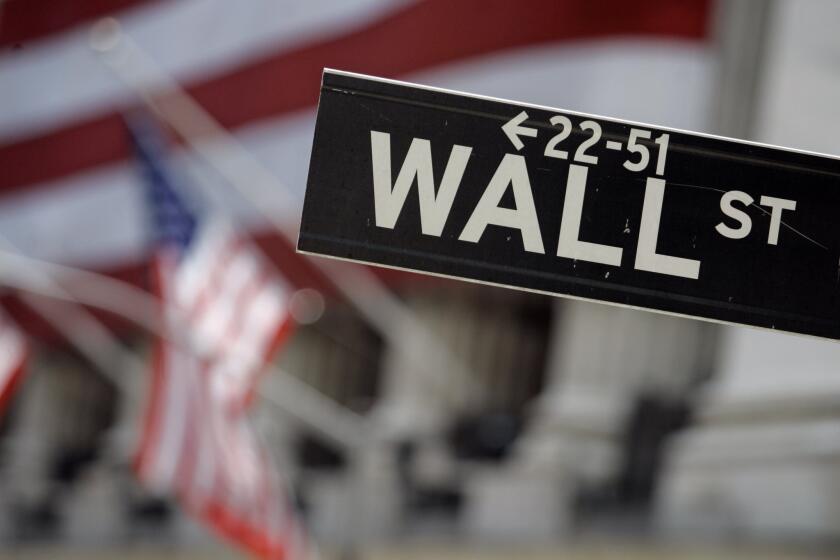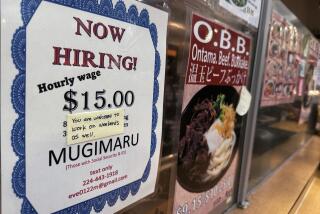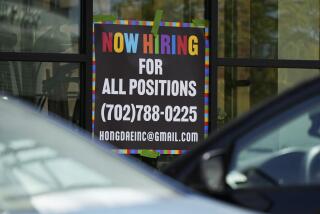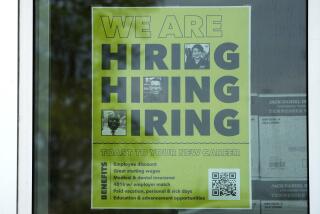5.2 million more seek unemployment aid amid coronavirus
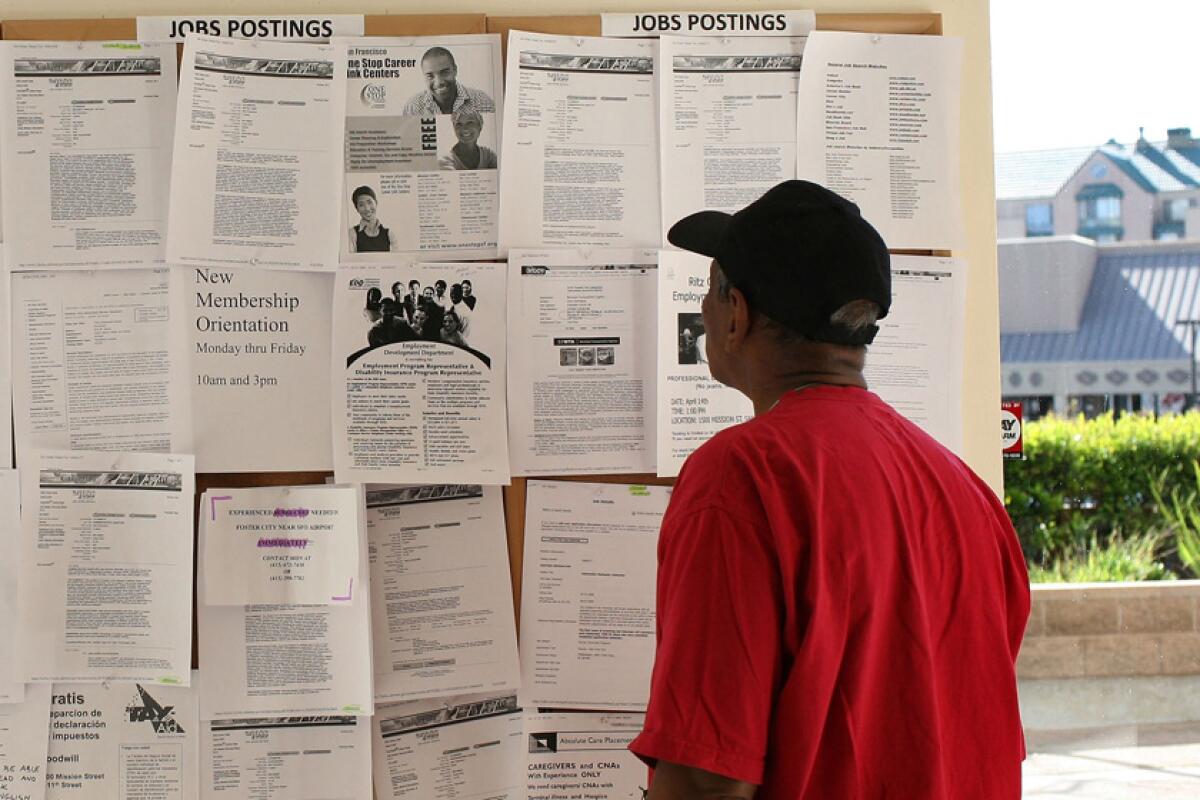
WASHINGTON — The wave of layoffs that has engulfed the U.S. economy since the coronavirus struck forced 5.2 million more people to seek unemployment benefits last week, the government reported Thursday.
Roughly 22 million have sought jobless benefits in the last month — easily the worst stretch of U.S. job losses on record. All told, nearly 12 million people are now receiving unemployment checks, roughly matching the peak reached in January 2010, shortly after the Great Recession officially ended.
The job losses of the last four weeks have in essence erased the number of jobs gained since that recession.
Businesses deemed nonessential have been closed in nearly every state as the economy has virtually shut down. Deep job losses have been inflicted across nearly every industry. Some economists say the unemployment rate could reach as high as 20% in April, which would be the highest rate since the Great Depression of the 1930s. By comparison, unemployment never topped 10% during the Great Recession.
Eerie photos and stunning aerial shots show what California looks like under Gov. Newsom’s “stay at home” order.
Layoffs are spreading beyond service industries such as hotels, bars and restaurants, which absorbed the brunt of the initial job cuts, into other occupations, including software programmers, construction workers and salespeople.
Collectively, the job cuts could produce unemployment on an epic scale. Up to 50 million jobs are vulnerable to coronavirus-related layoffs, economists say — about one-third of all positions in the United States. That figure is based on a calculation of jobs that are deemed nonessential by state and federal governments and that cannot be done from home.
It’s unlikely that all those workers will be laid off or file for unemployment benefits. But it suggests the extraordinary magnitude of unemployment that could result from the pandemic.
“This crisis combines the scale of a national economic downturn with the pace of a natural disaster,” said Daniel Zhao, senior economist at Glassdoor. “And that’s really unprecedented in American economic history.”
The U.S. economy is tumbling into what appears to be a calamitous recession, the worst in decades. Ryan Sweet, an economist at Moody’s Analytics, estimates that the nation’s output will shrink 10.5% before it starts to rebound. That would be more than double the contraction that occurred during the 2008-09 recession, which was the worst downturn since the Great Depression of the 1930s.
Retailers and other service companies keep cutting jobs. Electronics chain Best Buy said this week that it will furlough 51,000 of its hourly employees, including nearly all its part-time workers. Royal Caribbean Cruises will cut one-quarter of its 5,000 corporate employees.
Even in this new stay-at-home, increasingly jobless economy, some stocks are shaping up as clear winners.
The cuts are rippling out to other sectors. The software company Toast, which works with the restaurant industry, last week cut half its workforce — or 1,300 people — citing a dizzying drop in restaurant sales. Yelp, the customer review site, cut 1,000 jobs. Groupon, the online discount company, shed 2,800.
The number of Americans receiving unemployment checks is far lower than the number of applicants in part because that figure lags behind the applications figure by a week. Also, many people who apply for unemployment aid are turned down and don’t receive checks.
Many of the jobless whose applications for unemployment aid haven’t been accepted are likely self-employed and gig workers. The government’s $2-trillion economic relief package provides jobless benefits to those groups for the first time. But most states have to set up new computer systems to process those claims — which in some cases could take weeks.
More to Read
Inside the business of entertainment
The Wide Shot brings you news, analysis and insights on everything from streaming wars to production — and what it all means for the future.
You may occasionally receive promotional content from the Los Angeles Times.

